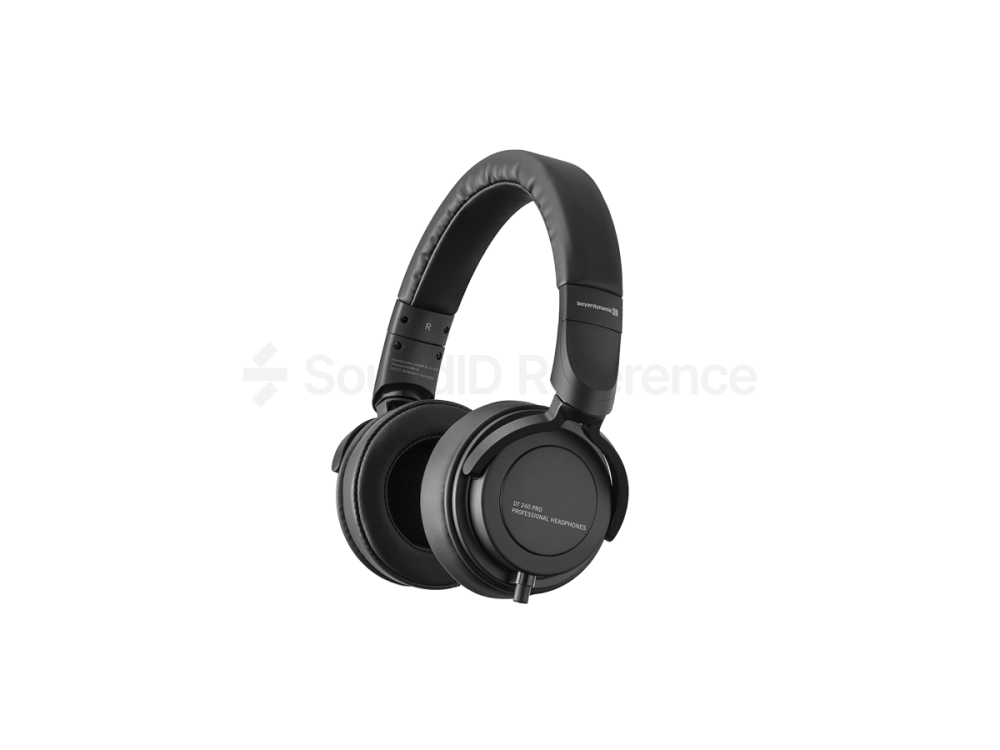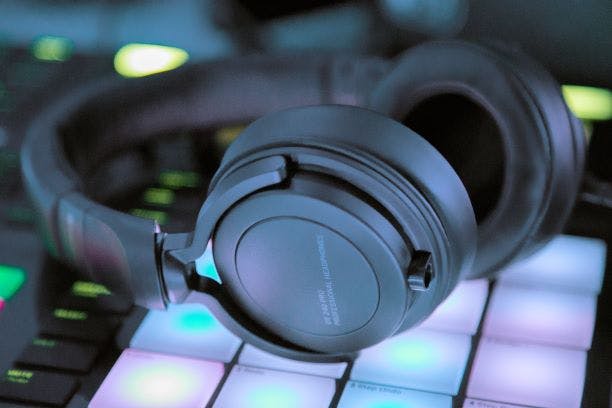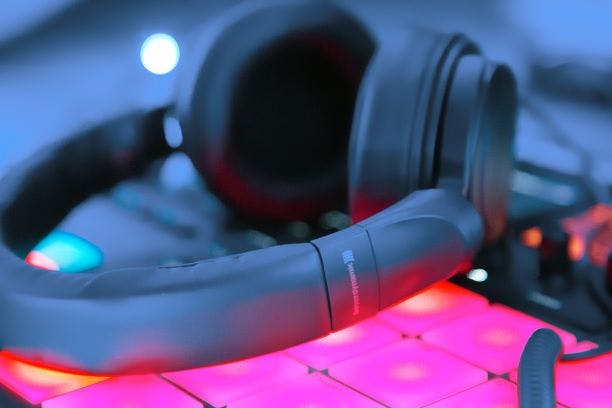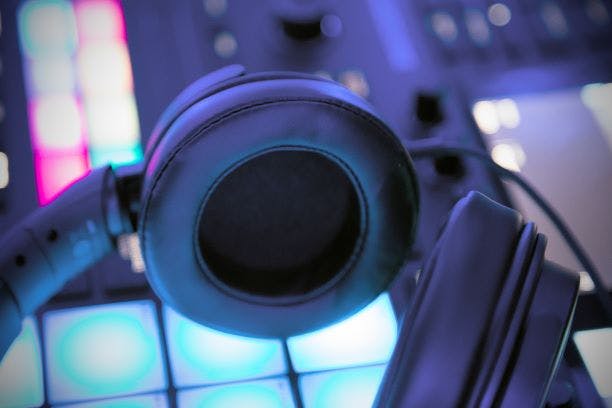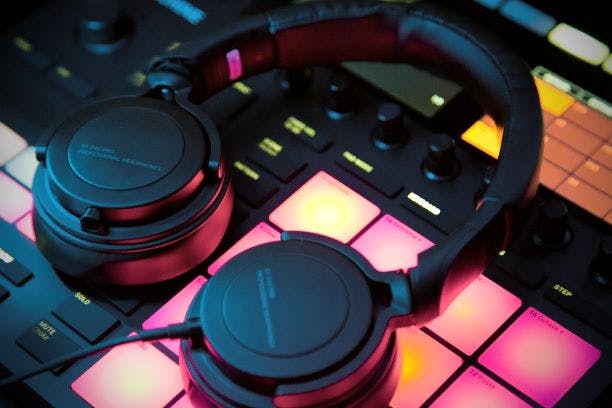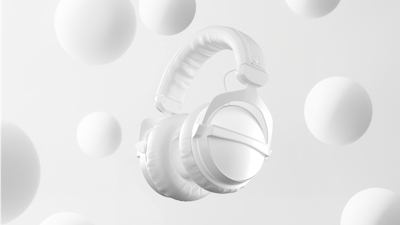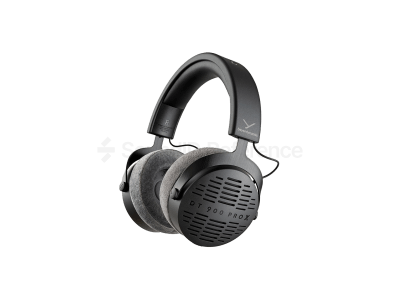With the classic 770, 880 and 990 already reviewed, it’s time to have a look at the entry-level latest addition to the legendary DT series – the Beyerdynamic DT 240 Pro. The DT line includes some of the most popular studio headphones ever, so there are some expectations to fulfill for the newcomer. Are 240 Pro’s worthy?
- Unrivaled build quality at this price
- Portability
- Good adaptiveness
- Relatively smooth frequency response
- Good sound isolation
- Great value for money
Pros list with SoundID Reference calibration
- The flat frequency response improves the great versatility even further
- The small size hurts long session comfort
The build is way more substantial than one might expect at this price point. Ear cups and yokes are metal, most of the other parts are robust plastic. They sure feel like they’re built to last! Although technically DT 240 Pro’s are an over-ear design, the ear cups are on the small side and most earlobes will get compressed and bent to fit inside the ear pads. The cups can swivel 90 degrees for more convenient storage and transport. Headband and ear pads are wrapped in gentle pleather that’s pleasant to touch. A nice feature that not many other headphones have – the detachable cable can be connected to either of ear cups.
Build quality is unrivaled in this price bracket, nothing else comes even close. They feel almost on par with ATH-M60x, which are more than double the price.
The overall shape of the curve is as expected from Beyerdynamic headphones – slight bass increase and considerable high frequency boost. What sets these cans apart from DT 770 Pro is that the top end boost is much more narrow in bandwidth. The overall sound signature is still bright though, with noticeably elevated bass, but one might argue that when it comes to frequency response, DT 240 Pro is more fit for mixing than DT 770 Pro. The mid-range is close to perfectly neutral, very few closed-back headphones can achieve that. Overall sound coloration introduced by DT 240 Pro will appeal to many for recreational listening, but for serious studio work, they benefit greatly from calibration.
There’s no meaningful channel disbalance among the measured pairs which is very impressive for a €70 headphone. So high marks here.
Despite the ear pads being small, I found the comfort not that bad, nevertheless, full-size over-ear alternatives will be more comfortable for lengthy sessions. Some testers found them really uncomfortable though and people who wear glasses found them especially bad. This could be due to the increased clamping force of the DT 240 Pro. On the upside – this grants relatively good sound isolation, so these are great for on-site monitoring and can also be used as DJ headphones, the frequency response is also pretty well suited for that purpose.
The potential comfort issues aside, DT 240 Pro’s are fantastic headphones, fit for a wide range of tasks. Run them through the SoundID Reference calibration and you could even master with them on the go. They’d be a good deal if they cost twice as much, but at €70, they are astonishing!
The THD graph is quite confusing for DT 240 Pro. Down low the THD consists of 2nd and 3rd harmonic distortion in somewhat similar amounts and overall the figures are low enough to not cause any audible issues in the bass region. Furthermore, the numbers are significantly lower than that of the more expensive classic DT models – 770, 880 and 990. Where it gets more interesting though is way higher in the spectrum, the two spikes of 2nd harmonic distortion at about 4 and 5 kHz are a rare sight. They somewhat correlate with the dips in frequency response in that region. We’re not sure what’s causing it but in listening tests no audible issues were found.
How accurate and consistent is the correction effect among different listeners?Adaptiveness is truly great, which comes unexpectedly given the small size of the ear cups and ear pads being not far from on-ear pad dimensions. Any listener should perceive pretty much the same frequency response, which makes them great for collaborating.
How much do they differ pair to pair in terms of frequency response?The measured pairs were remarkably close to each other, which, again, is very impressive for the price.
Rating
Conclusion
DT 240 Pro’s are great little headphones that are up for almost anything you can throw at them, as long as comfort is not an issue. The excellent build and compact size make them especially great for electronic music producers that are after a single pair of headphones that are suited for both studio work and DJ duties. As tracking headphones they’re equally good. I’m pretty sure that almost any audio professional will find a use case where DT 240 Pro comes in really handy, even if the long listening comfort is not that great. These are the best over/on-ear headphones that €70 can buy.
Final Rating
Calibration Enabled
Calibration
